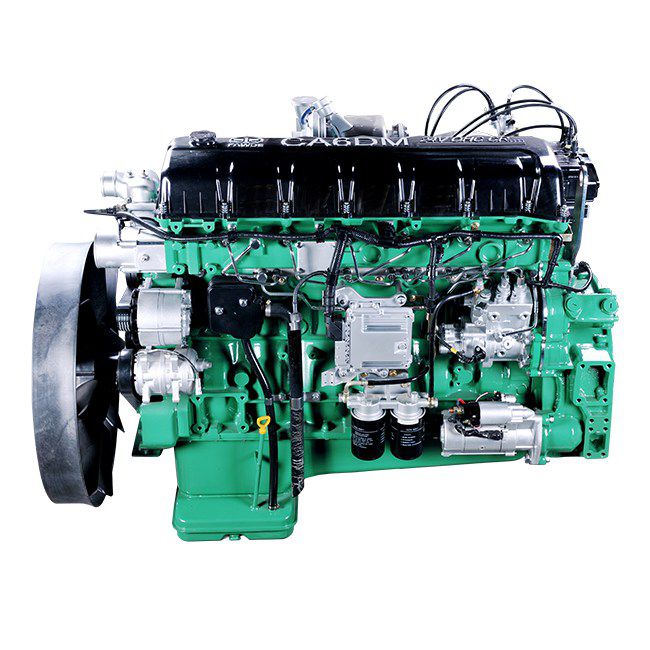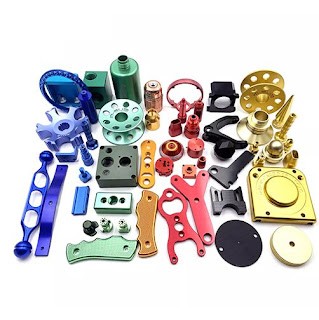A brief introduction to the working principle of marine diesel engines
There are many kinds of marine engines, such as marine diesel engines and marine coal-fired generators, etc. FAW will briefly introduce the working principle of marine diesel engines for you to have a deeper understanding of this kind of marine engine.
As we all know, the main use of marine diesel engine is to provide power for ships, and its working principle is as follows.
Fresh air is pumped into the pump and compressed by the piston through very high pressure, when the air is well compressed, as the temperature rises allowing it to ignite the atomised fuel in the cylinder. The combustion of the fuel adds heat to the air in the pump, which expands and allows the engine's pistons to do work on the crankshaft, which then drives the ship's propeller through the other shafts.
A marine engine's operating cycle consists of two fuel injections. Some four-stroke diesel engines must be completed by four strokes of the piston, i.e. suction, compression, expansion and exhaust. In order to increase the efficiency of marine generators, designers have combined suction and exhaust with compression and expansion, which also turns the four-stroke diesel engine into a two-stroke generator.

The two-stroke marine diesel engine works a little differently to the four-stroke engine, its two-stroke cycle starts with the piston rising from the bottom of its stroke, this moment the cylinder inlet is open and the exhaust valve is also opened, allowing fresh air to enter the cylinder to expel the remaining exhaust gas from the open exhaust valve. The next three states of piston movement that occur in a marine engine are as follows:
(1) When the piston runs upwards to one-fifth of its stroke, the marine engine automatically closes the air inlet and exhaust valves, so that the temperature and pressure rise to higher values.
(2) When the piston runs up to the top of its stroke, the fuel valve injects a mist of fuel into the hot air in the cylinder, which burns immediately and causes the pressure to rise quickly, so the expanding gas forces the piston to move downwards during the work stroke.
(3) When the piston moves downwards to the halfway point of the stroke, the exhaust valve opens and the hot gas will start to flow outwards through the exhaust valve, then the intake port will open and finally a new cycle will start.
The two-stroke marine diesel engine is the crankshaft turns one turn to do a power stroke, while the four-stroke marine engine requires the crankshaft to turn two turns to do a power stroke, according to the working principle of the two marine diesel engines, we can know the difference between the two.
If you want to know more information about marine diesel engines, you can click here.

评论
发表评论